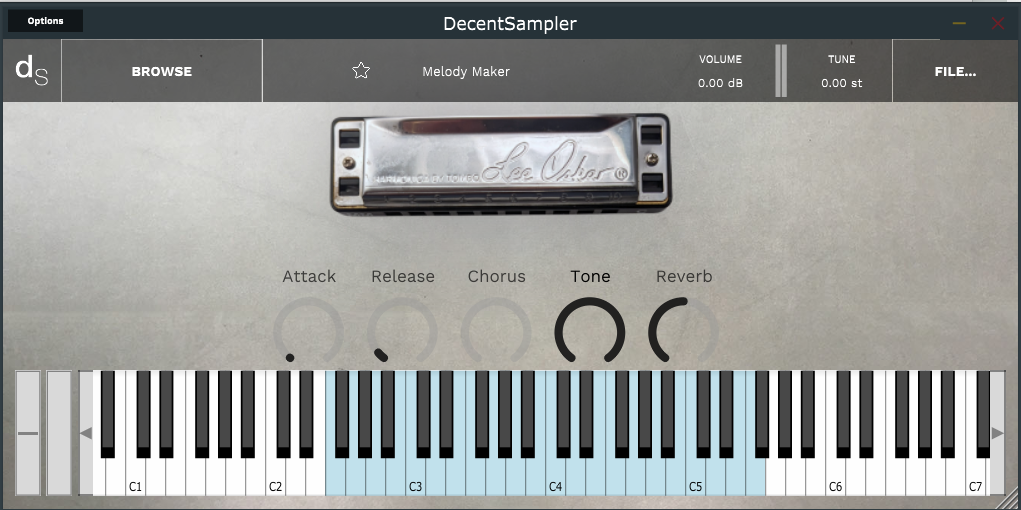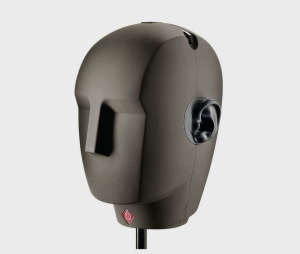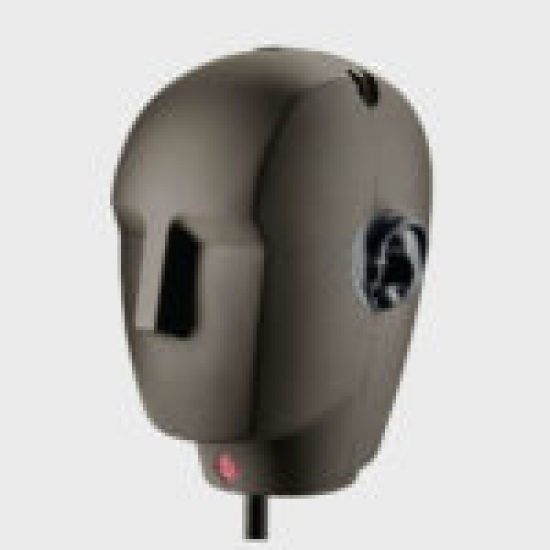
The story
The name Melody Maker is from the same name of the lee Oskar line of harmonicas. The Lee Oskar Melody Maker harmonicas are tuned differently than the standard
Hohner Marine Band.
This project started out as a way for me to provide my granddaughter, who lives in Uzbekistan, some harmonica tutorials.
I taught her some basics a few years ago but now I have to do it remotely. I had watched some YouTube videos of harmonica videos that graphically
illustrated harmonica playing technique and I wanted to do something similar. The Melody Maker isn’t commonly discussed so I felt it
would be somewhat unique and not just duplicate of what others have done. I started by creating some graphics and then recording
a tune and then synchronizing the graphics with the audio. That was quite time consuming and required too many edits. I then researched
going the midi route and with the help of Chat GPT wrote a script in python that would read a midi file.
I initially recorded individual notes with Audacity and had the python script load all the note .wav files into a dictionary that was indexed by midi note numbers.
I then created all the graphic assets with Canva which included the harmonica layout, a .png file for each note, as well as a keyboard and
other graphics. It took a few iterations to get a working script that read the midi file, displayed the graphics, and played the .wav file
for the selected note. I read about how virtual instruments implement a round robin algorithm and so I then resampled all the notes multiple
times and selected 3 samples for each note to use in a round robin implementation. That worked quite well. I then showed my end result to a friend
in the music industry and he asked if I had made a virtual instrument which he might consider using. I really had no idea about creating a virtual
instrument but soon came across the Decent Sampler. I was really intriqued about the possibility of creating my own virtual instrument. I read through
the documentation and examined quite a few Decent Sampler files pulled from PianoBook. I couldn’t believe it when I fired up my own
virtual instrument the first time. Hats off to David Hilowitz, the creator of the Decent Sampler.
I’ve learned quite a bit about sampling
since undertaking this project and will probably re-sample my harmonica sometimes. We have an upright piano my wife learned to play on as a
kid. We had it restored a few years ago but the piano tuner was very hesitant about tuning it up to spec for fear of breaking too many strings.
I would love to get the minimum strings tuned, maybe not all the way to A440, in order to get enough to make an instrument. I know
my wife would be thrilled to hear the sound of that old piano.
As for the harmonica tutorial, my workflow starts with creating a midi track
with MuseScore and loading it into Reaper. I use several tracks. One that plays through the Decent Sampler. A duplicate track is used to output the midi notes to loop midi. Another track consists of a series of repeating notes which my python script interprets as beats
for timing/tempo display. I use the snipping tool on Windows to do a screen capture then upload the edited mp4 file to YouTube. Here’s
a link to one of the YouTube videos: https://youtu.be/qf3yAdkAbqQ?si=VR635zbDa1ypor54
Interface

Reviews for Melody Maker
Leave a review to let others know what you thought of the instrument!
Natural mellow harmonika.
I like this samples in tonality and charakter. Very well done.


